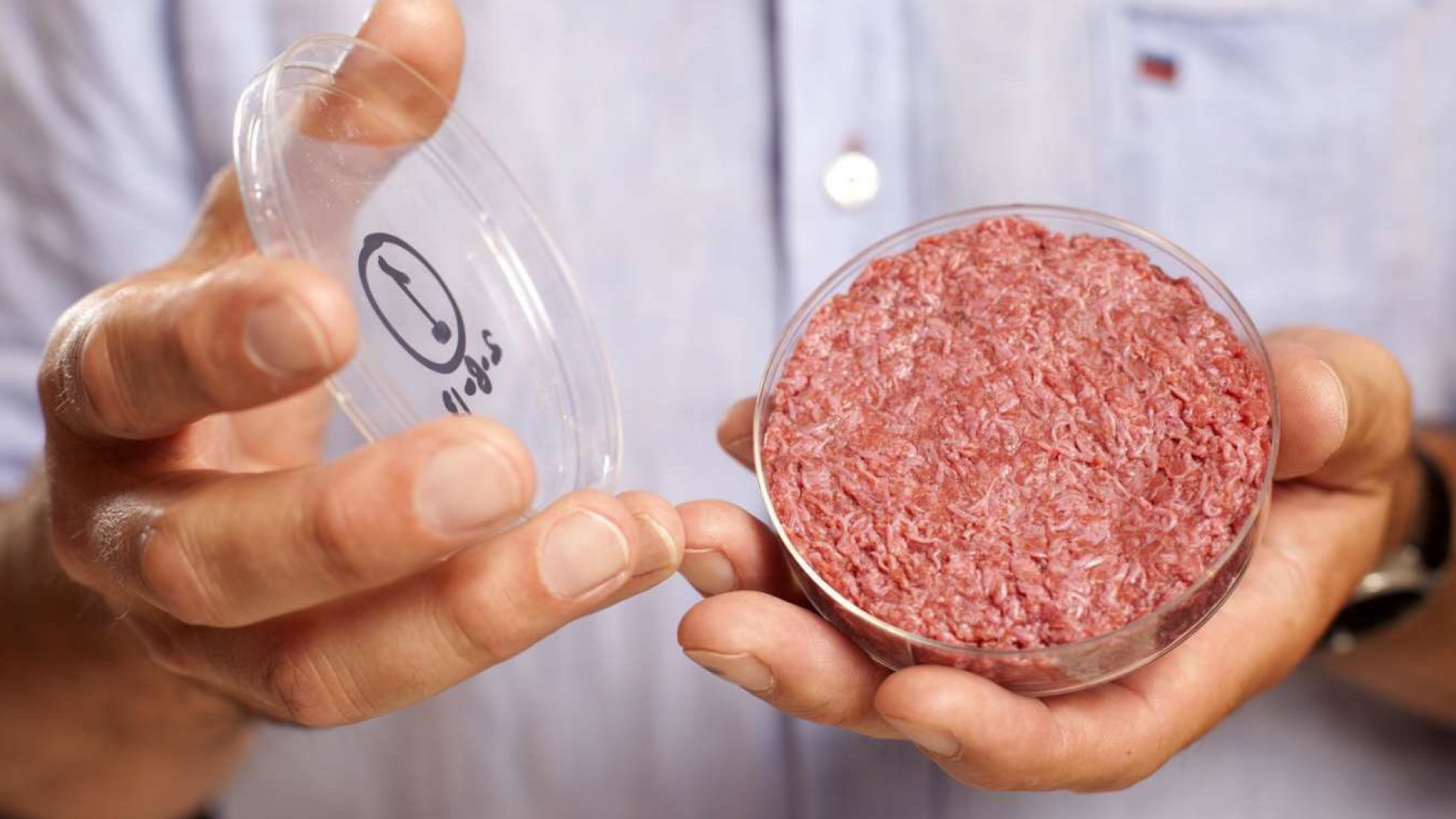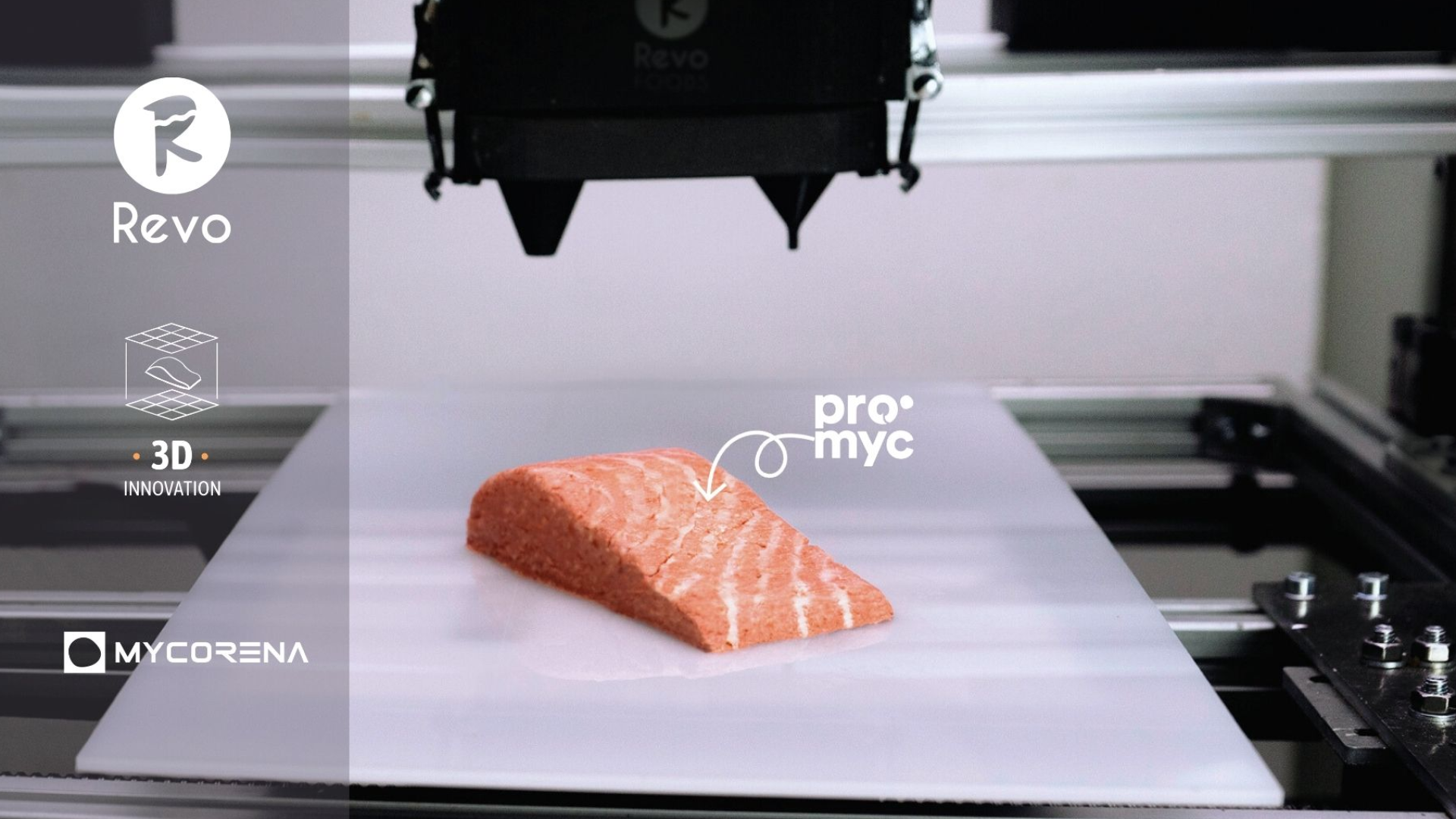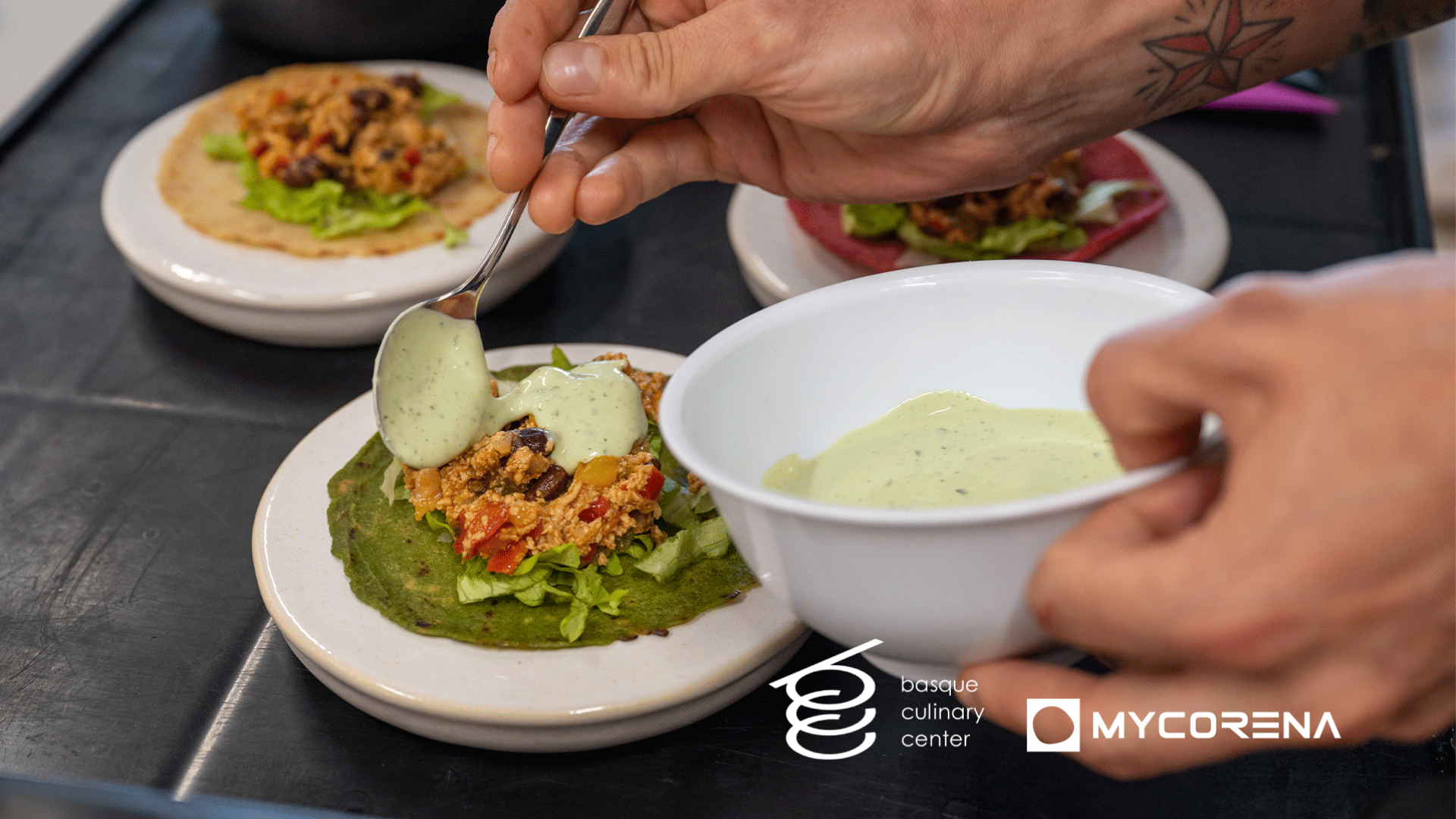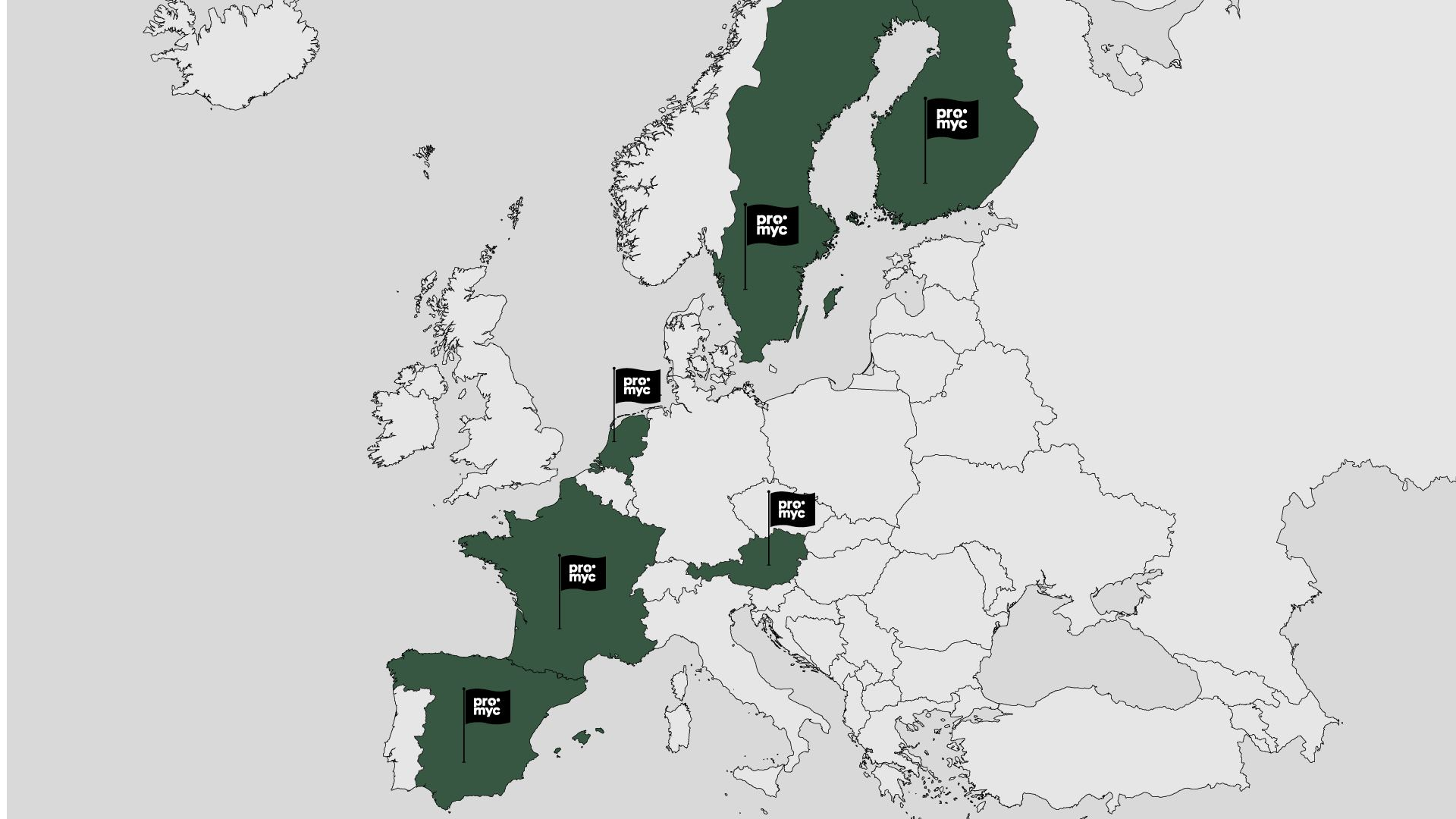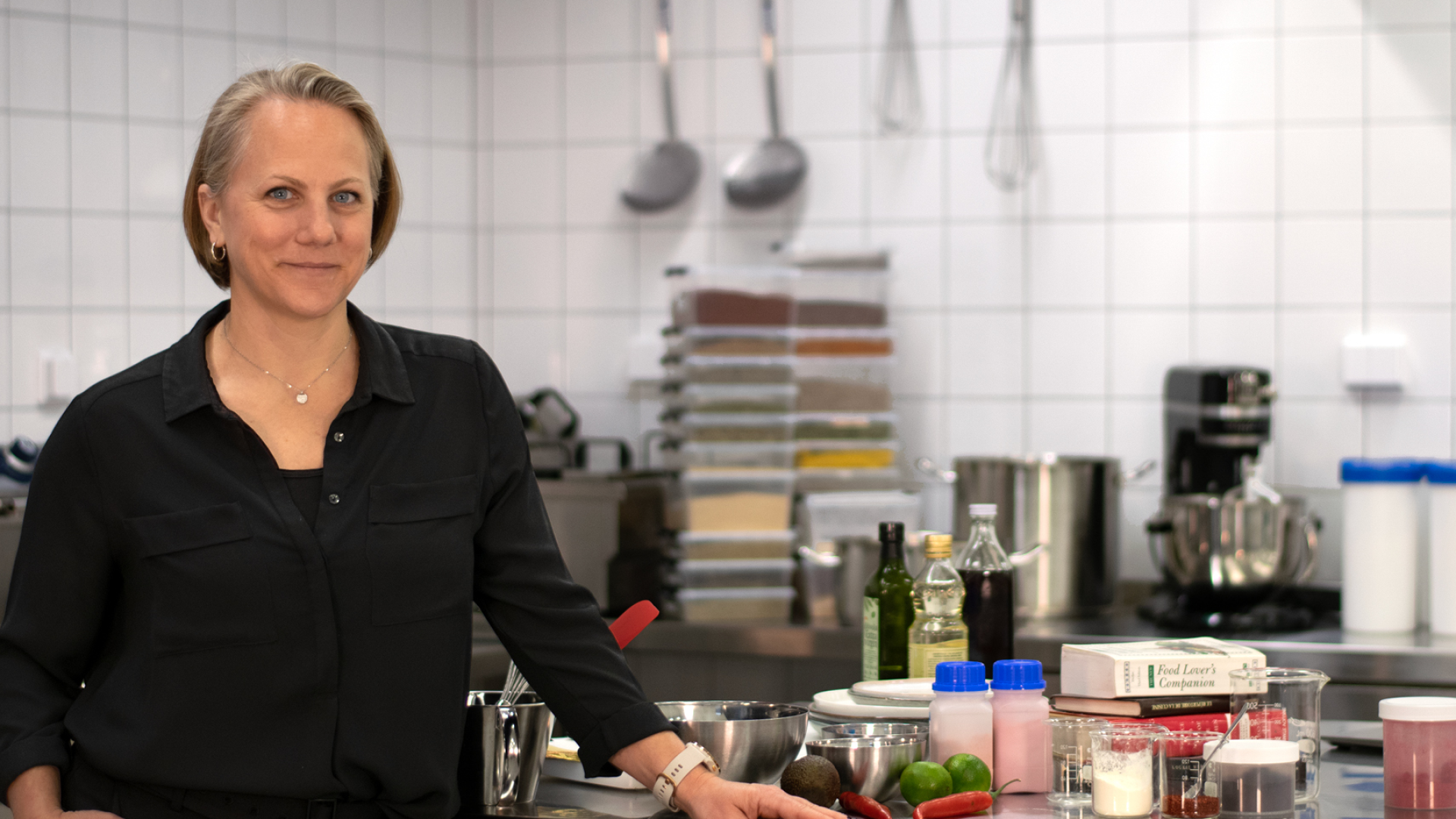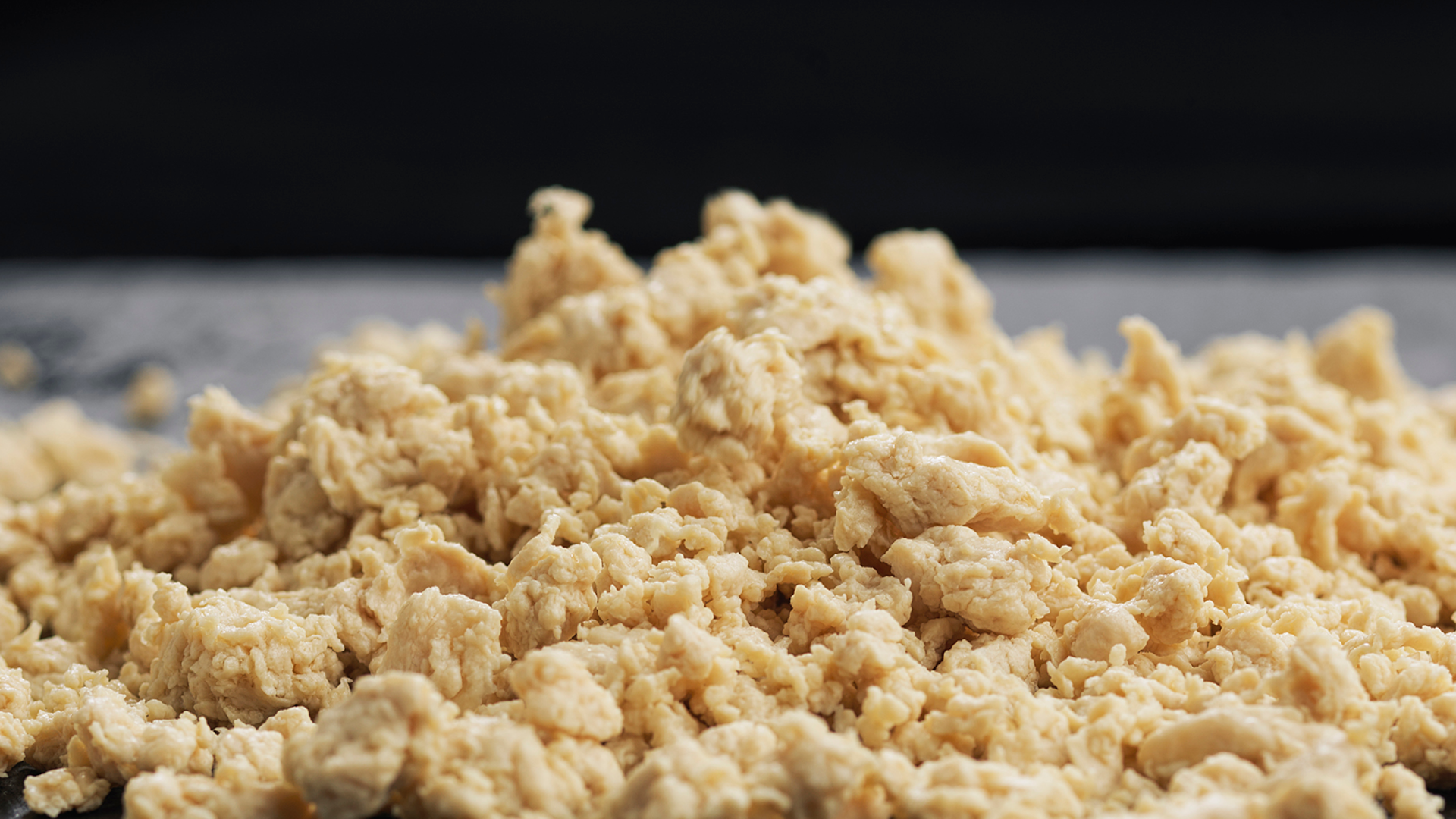Bailing Out of Bovine
In case you had somehow missed it, the production of animal-based protein in the form of meat has been kind of a bad deal for earth, to make an understatement. Not only is livestock responsible for 14.5% of global annual GHG emissions, but it also contributes to acidification of land and water, deforestation with resulting biodiversity loss, widespread pollution of ecosystems, and a whole host of other sustainability-related issues. And we haven’t even touched upon the questions of animal welfare or harm to human health from excessive meat consumption.
The drawbacks and negative consequences of the modern meat industry are not shocking, when you think about it. Let’s take cattle as an example. Cows have evolved to efficiently graze on grass, to reproduce, to get the hell out of Dodge when predators are nearby, and to do whatever else that cows are up to when undisturbed. They have not, on the other hand, evolved to be highly efficient, four-legged factories of human food. This means that food manufacturers have no straightforward way of easily getting what they want (i.e. meat) without also signing up to get a lot of unwanted other stuff in the process. It should therefore not be a surprise that cattle rearing is an inherently inefficient way to produce food. The natural question, then, is whether it could be possible to somehow produce beef without the need for the expensive and resource-intensive process of raising a herd of cows. Thanks to cultured meat, the answer is yes.
In this What Lies Beyond blog, we will dive into the past, present and potential future of the cultured meat industry. In some sense, this installation of the series will be a special one. To talk about what lies beyond cultured meat it would be to play down its novelty, as it still has very little commercial history from which ‘the beyond’ can evolve. Indeed, cultured meat is ‘the beyond’ of the food industry, and represents some of the most exciting developments within biology, food technology and innovation we have ever had the pleasure of witnessing. With that said, there are some very interesting considerations and question marks that need to be dealt with for this field of innovation to live up to its true potential.
What Is Cultured Meat, Anyways?
To fully understand the context and implications of any technology, we must first begin by getting a grip on its fundamental principles. To put it simply, cultured meat refers to meat that is produced by growing muscle cells in a controlled environment, completely outside the body of an animal. The production process beings with the harmless extraction of a small sample of cells from a live animal, often stem cells of muscles. These cells are submerged in a culture medium, which is a fancy term for a mixture of nutrients and other goodies that are needed for optimal growth. This concoction is then placed inside a highly controlled bioreactor, not entirely unlike those you use to brew beer or even to produce mycoprotein, where the best conditions for proliferation can be maintained and monitored. After sufficient growth has been achieved, the bioreactor’s supply of growth factors can be turned off and the cells will differentiate on their own, eventually growing into muscle tissue. Finally, with the bundling of many millions of muscle tissue strands, you end up with meat. How cool is that?
A History of The Lab-Grown Loin
Despite the cutting-edge status of research on cultured meat, the idea of growing meat without reliance on a macroorganism is not new. As early as 1931, a notable British politician wrote: “We shall escape the absurdity of growing a whole chicken in order to eat the breast or wing, by growing these parts separately under a suitable medium.” This statement was way ahead of its time indeed, and it would take another 40 years until the first successful in vitro cultivation of muscular fibers was performed, by Russell Ross at the University of Washington. Yet another 40 years would then pass until cultured meat finally met the public’s eye, when the world’s first burger patty from cultured meat was cooked on live television in London. Despite the 40 years of basic research that had already been done, it had taken more than two years of development to create it, and it came at a price tag of a whopping $300,000.
During the past 10 years, many startups racing to launch the first commercial in vitro meat products have emerged. Products under development range from the usual suspects of beef and poultry to more exotic varieties like fish maw, foie gras, and even kangaroo meat. Several of these companies, including Aleph Farms, Eat Just, Finless Foods, Memphis Meats and Mosa Meat have risen to significant foodtech fame, seducing not only tech journalists but global venture capitalists as well. As a recent State of The Industry Report by the Good Food Institute describes, more than $150 million was poured into startups working on cultured meat, with a growth in total investments of 63% between 2018 and 2019. Considering the rapid technological improvements that are occurring within the area, and the fact that a massive $1 trillion market for traditional meat is ready to be disrupted, we can only expect these trends to continue in the coming years.
[Insert Picture 3 here]

So, where are we currently at? How far has all these years of gotten us? Just how far away is ‘the beyond’? Perhaps not as far away as one may think. Some of the more optimistic actors are aiming for market entry as early as in 2021, whereas others are hoping to reach the market before the end of 2023. Furthermore, many startups have claimed to have be underway with construction of pilot production facilities, with many more expecting to reach similar validation stages at least during 2021. Whether the average Jane Doe will be able to purchase the product upon first launch is another question, as production costs have recently been reported to range from € 50 per chicken nugget to ‘a small car’ per kilogram of beef. The jury is still out on when cultured meat will be made available to consumers at mass scale and at cost-competitiveness, but we dare go out on a limb and say that it will happen well before 2030.
The Perks of Petri Dish Meat
As we hinted at in the beginning of this article, there are huge benefits to efficiency and scalability of cultured meat in comparison to traditional meat. First, it allows for production of muscle tissue with extreme precision and with no unwanted byproducts whatsoever. Second, its production, which takes place in bioreactors, is not only able to be tightly controlled for optimal growth but is also hugely scalable beyond anything that is imaginable for plants and livestock. Because of this, the input requirements and climate footprint of cultured meat is magnitudes better than that of traditional meat production. In this sense, there are several similarities to Mycorena’s home territory of fungi, which is also centered around high-precision production of protein in bioreactors at excellent resource efficiency and scalability.
Cultured meat is however not only kind to our planet, but to our bodies and to our furry friends as well. Since production occurs in a closed, automated, sterile industrial system, there is no need for growth hormones or antibiotics, and there is little to no risk of contamination, production-related injuries or harm to wildlife. Further on the upside, cultured meat would also be possible to significantly fortify and customize due to breakthrough advancements in biotechnology. Finally, mass-scale production of in vitro muscle tissue would significantly decrease our food system’s reliance on the industrial complex of livestock rearing. This would lead to much less unnecessary stress and suffering for animals.
One additional benefit that is often overlooked is the potential of cultured meat to create a more inclusive food system, where more people can enjoy delicious foods that are currently prohibited or undesirable for ethical or religious reasons. Granted, these topics are still heavily disagreed upon, but certain individuals from both animal welfare activism and religious scholarships have voiced support for the consumption of cultured meat. While we will not take a stand in these debates, we do feel inspired and enthusiastic about this display of the potential of technology to create a more open and inclusive society for all.
How About Hurdles?
As with any emerging technology, there are significant challenges to be overcome if cultured meat is going to become the next (or next-after-next) big thing within the alternative protein landscape. As we see it, the biggest obstacles are mostly related to two distinct factors, the first being economics. As we hinted above, cultured meat is currently expensive. Like, really, really expensive. Besides energy, which accounts for a large part of the total unit cost, the largest cause for night sweats of cultured meat CFOs is likely to be the cost of the culture medium. The cultures used in the industry are currently grown in media based on what is known as ‘fetal bovine serum’, which not only is hugely costly but also a big blow to the startups’ claims that no animals are used in the production process. It comes as no surprise that several startups, including Meatable, Biftek, Future Fields and Multus Media have emerged as niche actors working on the development of new media solutions. While we can expect massive improvements to production cost in the coming years, it won’t come easy. Some have estimated that it will cost north of $200 million just to get the technology fully ready for commercialization, not counting scale-up, marketing, regulatory work and other necessities for development of a commerciable product.
The other large barrier to adoption of cultured meat relates to acceptance. Cultured meat has been called many things, many of which sound positive and innovative – ‘clean’, ‘slaughter-free’, and ‘healthy’, for example. There are however those that carry some negative connotations, such as ‘vat-grown’, ‘lab-grown’, ‘synthetic’, and even the very unsettling ‘Frankenmeat’. Indeed, fears are high that cultured meat’s high-tech origins will make consumers cringe at its artificiality. It is also likely that advancements in e.g. texture and the inclusion of fat cells will be necessary to fully make the products resemble meat, itself an important step to achieving acceptance. In a related vein, there are still many question marks around how cultured meat will be regulated, and by whom. Passing the European Food Safety Authority’s expensive and complicated Novel Foods accreditation process will be a necessity, but beyond this fact it is not clear how consumer interests and wellbeing will be safeguarded.
So, What Lies Beyond?
Despite its long history, cultured meat is only beginning to pick up the pace. Most is yet to be done, meaning that accurate predictions are difficult to make, but some developments seem more likely than others. For one thing, massive technological advancements as well as the introduction of cultured meat into diets all over the world is not a question of if, but rather of when. Exactly how long it takes will depend not only on how much money and intelligent effort can be put into R&D and validation, but also on how successful actors are in presenting cultured meat as a healthy, beneficial and appealing alternative to other protein sources. A do-or-die question in this regard could be whether research and the greater academic system increases its support of this novel field, which has been an issue in the past.
In another perspective, the adoption of cultured meat will certainly raise some very interesting questions that border on the philosophical. What is meat, exactly? Will animals be needed in the future at all, above and beyond what they can do to provide companionship and cuteness? Can vegans eat cultured meat? What does ‘veganism’ even mean in a future where all products that traditionally are associated with animals no longer need the involvement of a single living being? We dare not offer any conclusions here, but can say for certain that all of these questions will be asked as cultured meat is picking up the pace.
Finally, we can strongly speculate that cultured meat will develop symbiotic relationships with the broader field of fermentation, exchanging ideas and finding synergies with actors working on protein production using e.g. fungi, bacteria, algae, or yeast. As we have previously touched upon at Mycorena, fermentation-based technologies offer huge potential and promise for the future of the food industry. It is very likely that these two similar technologies can benefit from one another. After all, the similarities between cultured meat development and microbial fermentation are many – the cell culturing, the optimization of new media, the high-precision production, the use of bioreactors, and so on. Actors within both fields will be wise to collaborate in as many ways as possible, paving the way for new and even more exciting opportunities for alternative protein development. If nothing else, the team at Mycorena is definitely thrilled to see that mycelium has been suggested as a high-potential future source of scaffolding materials for the continued development of cultured meat. Is there anything that fungi can’t do?
Concluding Remarks
In this edition of What Lies Beyond, we have briefly touched upon the history and present of cultured meat, as well as on some potential developments to come. While there is plenty more to be said that is outside the scope of this blog series, we hope that this article has whetted your appetite for further knowledge, and also sparked additional overall interest in the bright future of foodtech. For those interested in diving deeper into the topic of cultured meat, we strongly recommend reading the previously mentioned State of The Industry Report on the topic by the Good Food Institute.
Stay fungi and make sure not to get left behind as we enter the beyond!
Author:
Anton Johansson
IP and Finance Lead at Mycorena
